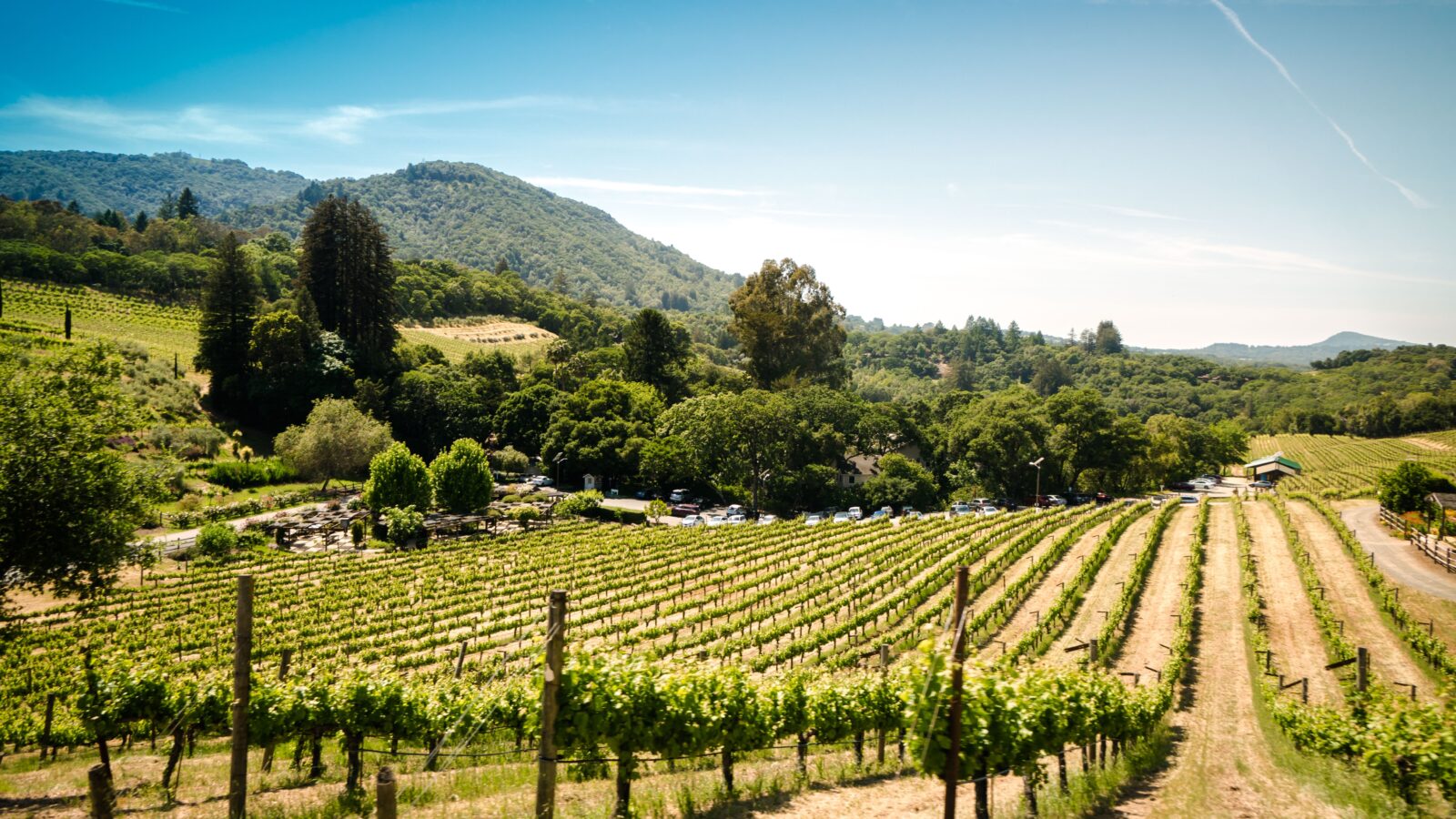
The number of farms in the European Union (EU) is falling rapidly. Between 2005 and 2013, the total number of farms in the EU fell by 26.2%, according to data released by the EU’s statistical agency, Eurostat.
Eurostat releases an annual publication on agriculture, forestry, and fishery statistics, measuring indicators ranging from the size of farms to the prices of agricultural products to the use of pesticides. The data show that large farms generate 71.4% of Europe’s agricultural output yet account for only 6.3% of the total number of farms.
The largest declines in farm numbers were recorded in Slovakia (– 12.5% per year), Bulgaria (– 8.9%), Poland (– 6.6%), and Italy (– 6.5%). Ireland was the only EU country to record an increase in its number of farms between 2005 and 2013, with an average increase of 0.6% a year.
The relative weight of agriculture, forestry and fisheries in the EU‑28 economy has been in almost perpetual decline over the last 50 years. Over the relatively short period (2000–12) for which an EU‑28 time series is available, the share of agriculture, forestry and fisheries in total economic activity (as measured by gross value added) fell from 2.1% to 1.7%. Agriculture’s share of total economic activity in the EU‑28 was 1.4% in 2012, compared with 0.2% for forestry and 0.1% for fisheries.
Very small and small farms of less than 2 hectares (5 acres)and 20 hectares (50 acres) respectively cover just 18.5% of utilized agricultural land in the EU, they account for 86.3% of farms and 68.1% of the workforce in the agriculture sector.
The Eurostat data also highlights the drift away from farming of younger people: those younger than 35 accounted for just 6% of the 10.8 million farm managers in the system, while some 3.3 million managers, (31.1%) were recorded among those 65 and older.


